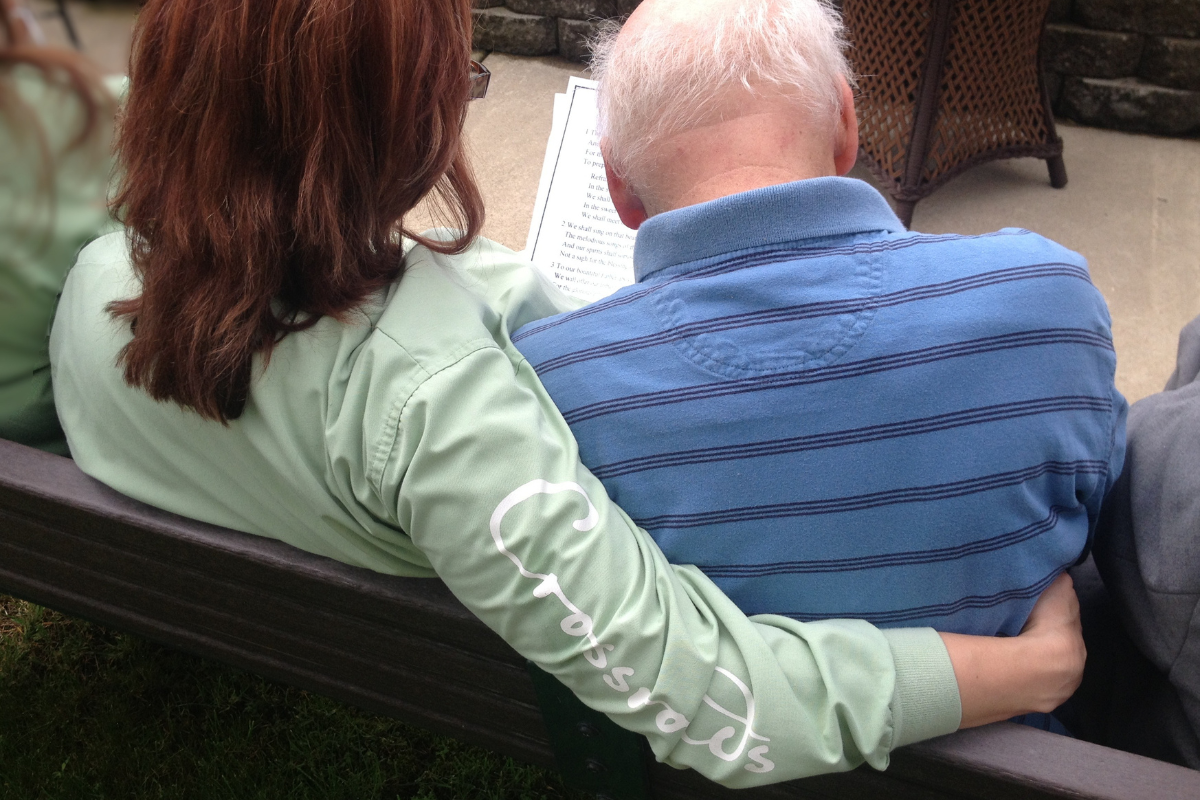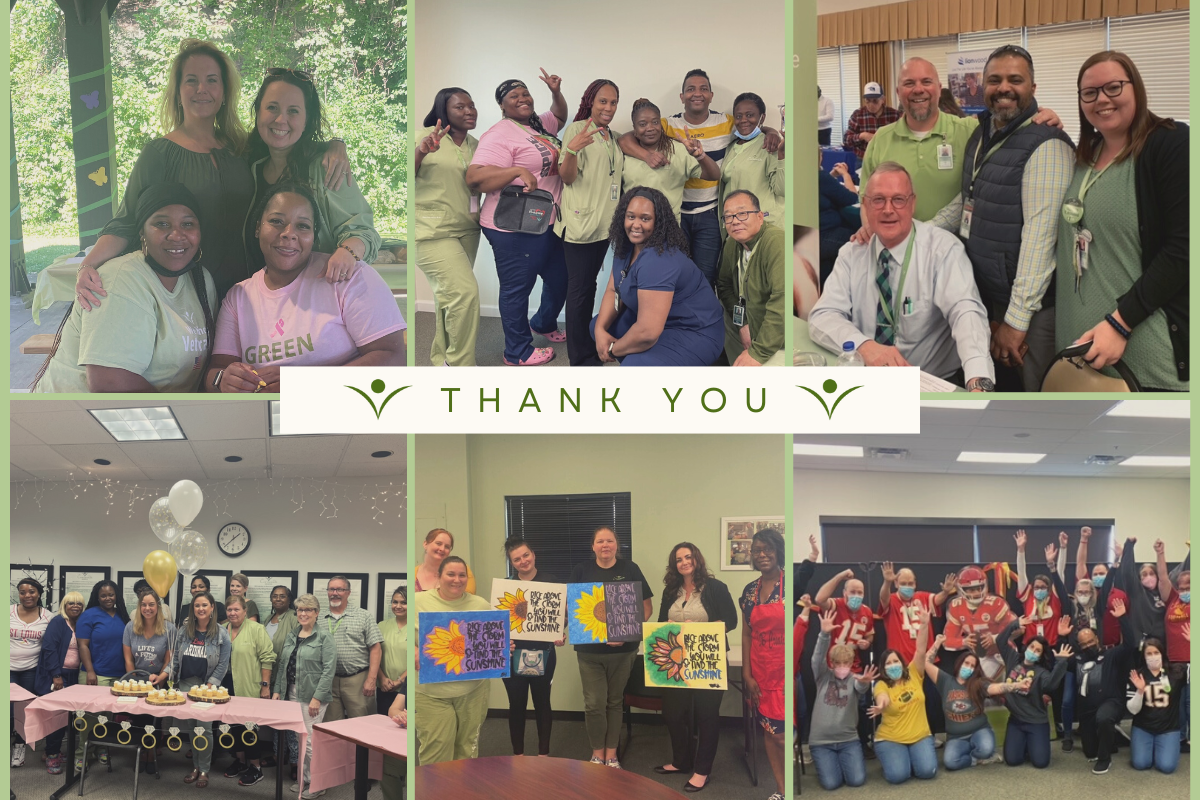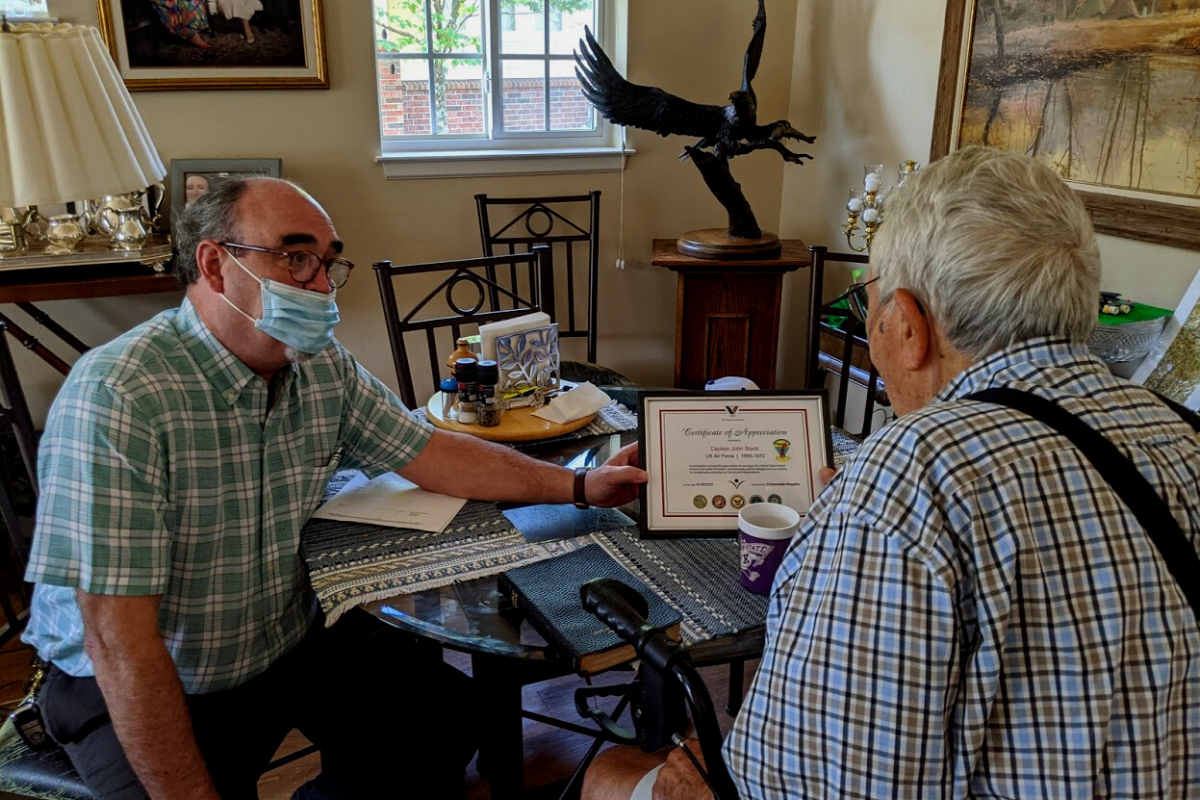Caring For Our Youngest Patients
 We are born, we live and we die. That is a universal truth.
We are born, we live and we die. That is a universal truth.
We expect the time between birth and death to be long. We expect that living takes place until a person is old and has lived many moments that are warm and rich. We expect that a life will be full of special firsts: the first day of school, the first date, a first kiss, marriage, children, grandchildren. We expect death will come only after a full measure of life has been lived.
We forget the very young can and do die. Or perhaps we refuse to think of something so painful. The truth is that the time between birth and death can be short.
According to the National Hospice and Palliative Care Organization (NHPCO), more than 53,000 deaths occurred in 2005 among children 0 to 19 years of age. Slightly more than half of those deaths occur in infancy, and the majority of deaths in children 1 to 19 years of age are due to accidents.
But disease does strike the young population. Malignancy is the third leading cause of death in children ages 1 to 19 years; congenital abnormalities are the fifth; chromosomal abnormalities rank sixth; and heart disease and cerebrovascular disease are seventh and eighth.
In 1940, 30 percent of all deaths were in children under 5 years of age, so obviously, advances in medicine have decreased the preventable deaths and lengthened the life of children with chronic illnesses.
For children affected by disease, there’s a multitude of resolutions or cures. Sometimes a child will need a gauntlet of tests and medical interventions, spend months in the hospital, have every available procedure and clinical trial and are returned to good health. Sometimes they aren’t.
What options are then left to loving parents and healthcare professionals?
Pediatric hospice care is often seen as the last option for these children and for their families. Even though studies have shown that 70 percent of families would choose for their terminally ill child to die at home if they had adequate support, most children die in the hospital.
In 2012, the NHPCO released its Facts and Figures: Hospice Care in America, which showed that pediatric and young adults accounted for less than one percent of hospice admissions. It shows as hospice providers we still have work to do and we need to spread the message that hospice is not about giving up hope. It’s about offering support and comfort and adding hope at the end of life for terminally ill children and their families.
No child or family should have to face a terminal illness alone. Everyone deserves quality hospice care. Every effort should be made to educate pediatric healthcare providers and parents regarding the importance of hospice care for children and the importance of earlier referrals.
Hospice providers need to educate the general public regarding pediatric hospice and palliative care as aggressively as we do for terminally ill adults. We know the tragic reality that the life between birth and death can be short and we know what a difference the care we give makes.
 Sally Mattingly
Sally Mattingly
Pharmacy Nurse Consultant RN CHPN
Crossroads Hospice




